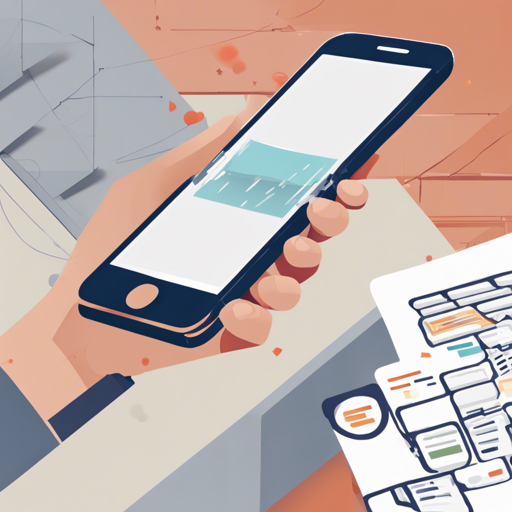Pull-to-refresh is a popular feature in mobile applications that allows users to refresh content simply by pulling down on the screen. This concept is now easily adaptable to web applications and single-page applications (SPA) too. In this article, we will explore how to implement the pull-to-reload functionality on your website using a simple and configurable library.
Getting Started with Pull-to-Reload
This pull-to-reload library is designed to be easy to use and compatible with both mobile and desktop devices. Here’s how you can get started:
Installation
- NPM (Recommended): Use the command below to install the library:
npm install pull-to-reloadHow to Use the Library
Here’s a quick rundown on how to use the pull-to-reload functionality in your web application.
HTML Setup
<div id="ptr">
...
</div>
<div id="content">
Lorem ipsum dolor sit amet, consectetur adipisicing elit. Dolores doloribus harum sed odit optio, fuga nam modi quod beatae? Tempore sunt molestiae, soluta quas unde exercitationem, modi accusamus pariatur reiciendis!
</div>JavaScript Initialization
Initialize the Pull-to-Reload functionality in your JavaScript code by using the following snippet:
$(document).ready(function() {
var ptr = new PullToReload({
loading: function() {
setTimeout(function() {
ptr.loadingEnd();
}, 5000);
}
});
});Understanding the Code with an Analogy
Imagine you are a waiter in a restaurant with a busy schedule. A customer pulls their menu down slightly to signal you that they need service. This action of pulling down is similar to the “pull-to-reload” feature. The waiter (your JavaScript function) responds by checking the kitchen’s availability to reload the meal (refresh the content), and they let the customer know they are fetching the new data (loading state).
Configurable Options
The library provides various options to customize your pull-to-reload feature:
- refresh-element: Required – The element that triggers the refresh.
- content-element: Required – The main content area to be updated.
- border-height: The height of the border.
- height: Height of the pull-to-reload element.
- font-size: Size of the loading text.
- threshold: The distance to pull before a refresh is triggered.
- pre-content: Content before the pull-to-refresh action.
- loading-content: Content displayed during loading.
- callback-loading: Function to execute during loading.
Troubleshooting
If you encounter any issues while implementing the pull-to-reload functionality, here are a few troubleshooting tips:
- Check if the pull-to-reload.js file is correctly linked in your HTML document.
- Ensure the jQuery library is loaded before initializing the pull-to-reload logic.
- Try adjusting the threshold value if the refresh is not triggering as expected.
- If the document is not loading correctly, verify if the file path and references are accurate.
For more insights, updates, or to collaborate on AI development projects, stay connected with fxis.ai.
Conclusion
At fxis.ai, we believe that such advancements are crucial for the future of AI, as they enable more comprehensive and effective solutions. Our team is continually exploring new methodologies to push the envelope in artificial intelligence, ensuring that our clients benefit from the latest technological innovations.

